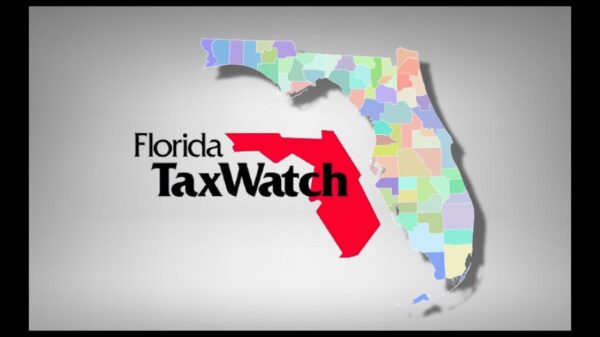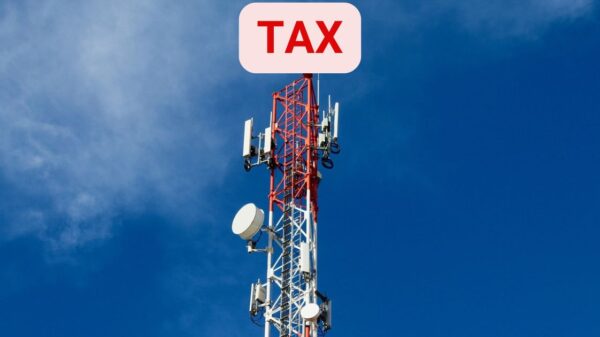Florida TaxWatch announced that Friday marks the 2021 Florida Taxpayer Independence Day.
This symbolic occasion assumes that every dollar Floridians earned since the start of the year goes to pay federal, state, and local taxes, but now, they will finally begin earning for themselves. This year, it took Florida taxpayers an average of 98 days, or more than three months, to satisfy their tax obligations.
Florida TaxWatch President and CEO Dominic Calabro weighed in on Thursday.
“It’s taken four more days to achieve taxpayer independence in 2021 than it did in 2020, when the COVID-19 pandemic really started to gain momentum. That’s because, despite widespread job losses, personal income growth outpaced tax collections in 2020, but in 2021, the reverse is true, returning tax independence to the same date as before the pandemic. Florida TaxWatch joins hard-working taxpayers across the state in celebrating Florida Taxpayer Independence Day this year,” Calabro said.
The 2021 Florida Taxpayer Independence Day arrives three days later than it did in 2009, when the Great Recession decimated government revenues, and 13 days earlier than in 2006, the latest date for the observation in the last 20 years.
Florida TaxWatch offered the following facts about the state’s tax burden:
- Floridians’ tax burden (federal, state and local) totals $323 billion, 26.6 percent of personal income or 32.0 percent of the state’s gross domestic product (GDP).
- Federal taxes make up 70 percent of Floridian’s total burden, state taxes account for 16 percent, and local taxes make up 14 percent.
- For the average Florida household, earning enough to pay its taxes takes more than three months.
Looking at it another way, you have to work approximately 2 hours and 8 minutes of each 8-hour workday to earn enough to pay taxes. - Taxes are a family’s single largest expense—more than food, housing and clothing combined.
- Florida’s tax burden is smaller than the average American, so Taxpayer Independence Day comes earlier in Florida than it does nationally.
- Florida’s state government tax burden is one of the lowest in the nation, while the local government burden is much closer to the national average. If the more than $3.5 trillion federal deficit for 2021—which represents future taxes— were included, Taxpayer Independence Day would come more than two months later.
As the growth in taxes outpaces personal income growth, Florida TaxWatch projects that the average Florida household will see a 1.2 percent decrease in its effective buying power (EBP) during calendar year 2021. After paying all taxes and adjusting for inflation, the average Florida household will have $1,215 less to spend in 2021 than it had in 2020. This is only the first annual decrease since 2012. Despite the 2021 decrease, EBP is still up over the last ten years. Rising in eight of the ten years, EBP is now more than $10,000 (13.6 percent) greater than in 2011.




















